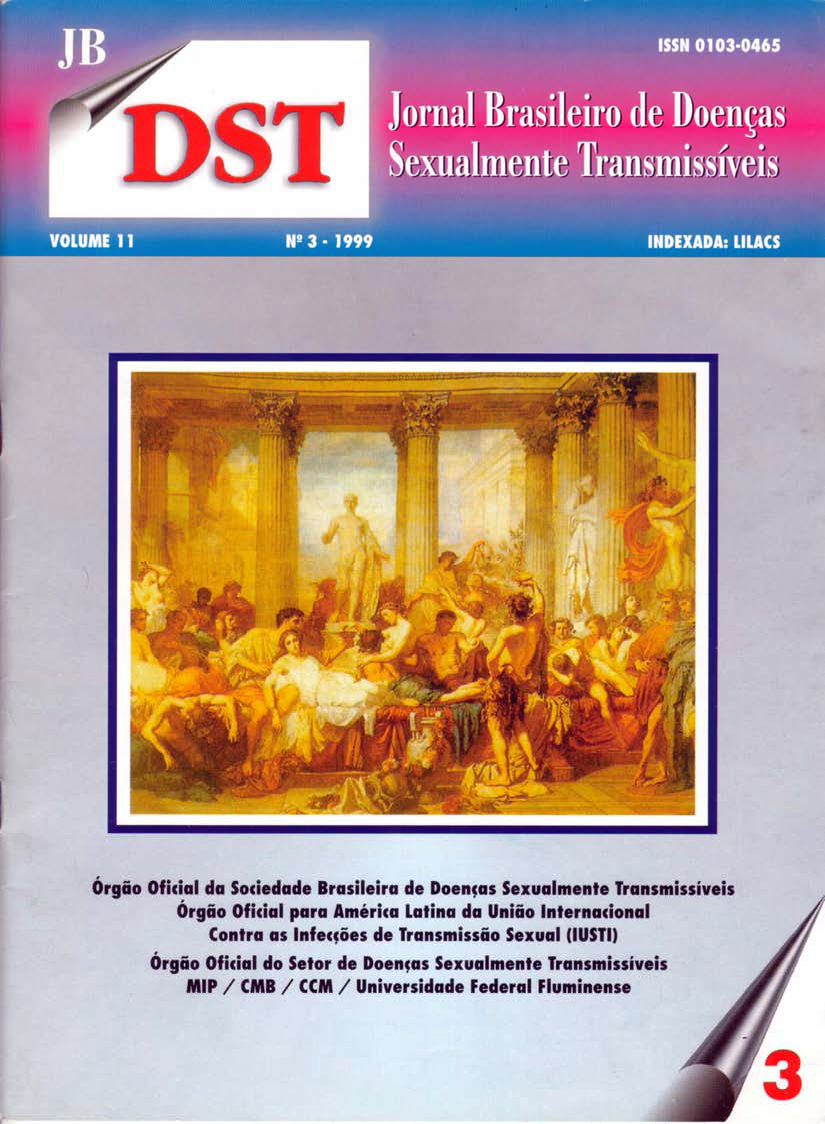Human Papillomavirus
Virology and Carcinogesis
Keywords:
Human Papillomavirus, Physiopathology, Cervical Cancer, VirologyAbstract
Molecular biology has been extremely helpful in updating concepts of uterine cervical cancer patho-gens. This is stressed, focusing on the interaction between Human Papillomavirus and the cer:vix. A comprehensive overview ofvirology and carcinogens could allow clinicians, who frequently lack knowled-ge in molecular biology, to update their knowledge in gynecological oncology. Only a few out of the se-venty different types of Human Papillomavirus (16,18,31,33,35,39,45,51,52,56,58 and 61) can pro-mote high-risk lesions and carcinogens in the cer-vix. Human Papilloma Virus, under the influence of óther risk factors, can initiate cervical cell displa-sia by protoncogen mutation and/or suppresser ge-nes coded in the DNA cells.












